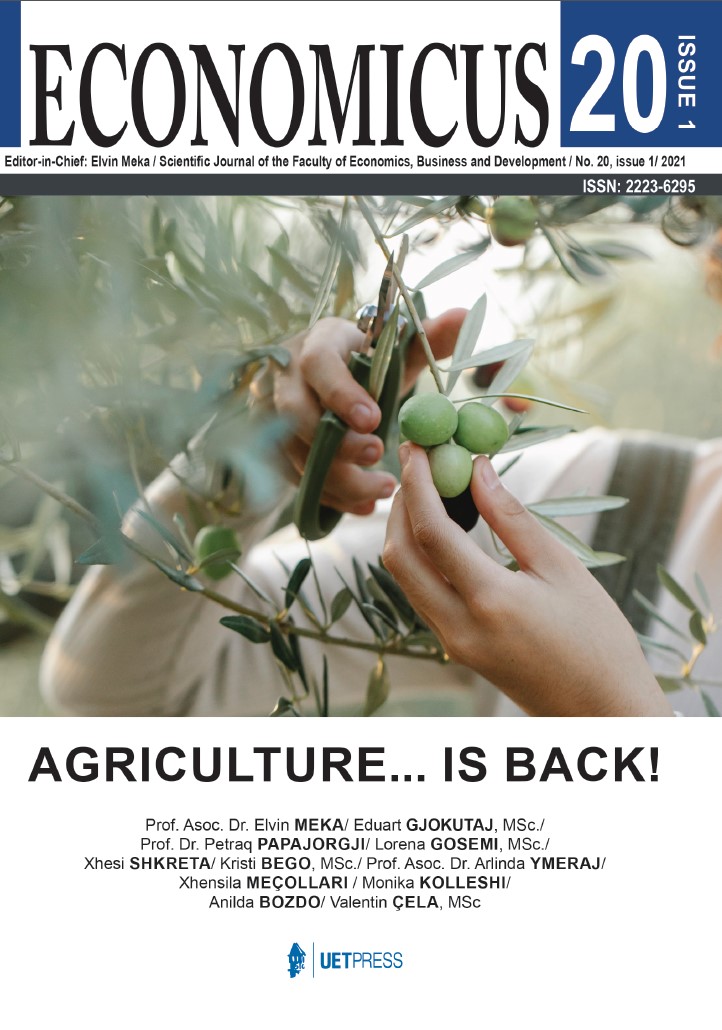The impact of remittances on Albania’s GDP
The impact of remittances on Albania’s GDP
Author(s): Valentin ÇelaSubject(s): National Economy, Financial Markets, Public Finances, Socio-Economic Research
Published by: Shtëpia botuese “UET Press”
Keywords: Remittances; Transfers. VAR model; Annual GDP;
Summary/Abstract: The article will discuss the impact of remittances on Albania’s GDP it is organized in four sections. The positive and negative theories of remittances, their distribution methods, kinds, and their theoretical link to GDP will be discussed in the first section. The second section will discuss the results of the VAR model’s investigation of the influence of remittances on GDP, as well as a summary of their conclusions. The other segment will look at the micro impact of remittances, by conducting a survey of remittance’s recipients and summarizing their findings. The last part will discuss the study’s findings, as well as pertinent references. Official statistics is expected to record more remittances, even though the real number of remittances may drop, because digital transfers are better documented than cash remittances, especially those made by hand or transferred through other informal channels. Between 1992, when the first emigrant inflows began, until the end of 2019, some USD 29 billion in migrant inflows have entered the Albanian economy. During the last ten years, the average yearly inflow has been around 10% of GDP. They have provided revenue for 13% of the family’s budget. The money was split half and half between food and education and other programs. As banks have curtailed services for migrants to 10 years, the current wave of migration has recovered the growth in remittances. What is the economic impact of remittances?
Journal: ECONOMICUS
- Issue Year: 20/2021
- Issue No: 1
- Page Range: 121-142
- Page Count: 22
- Language: English

